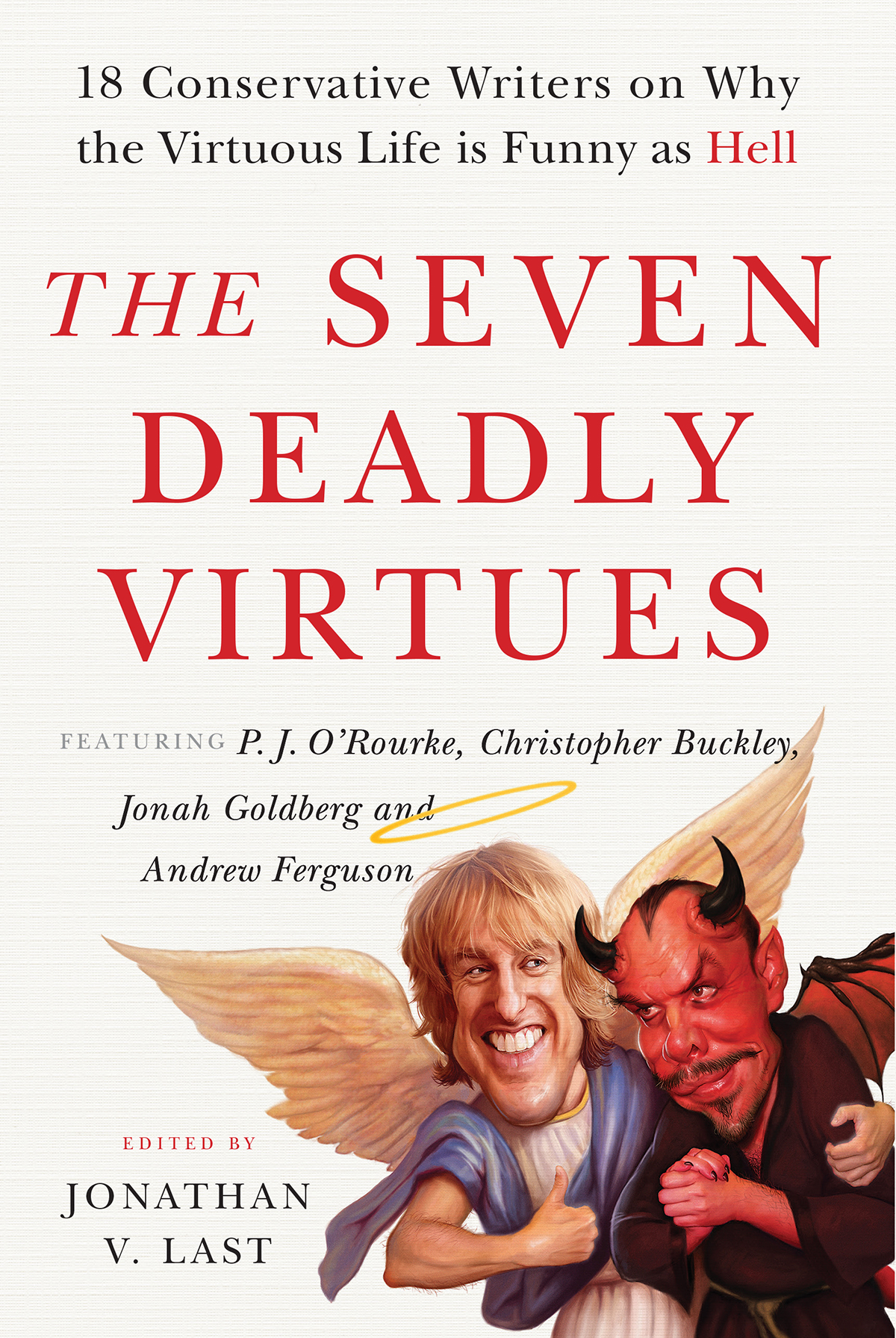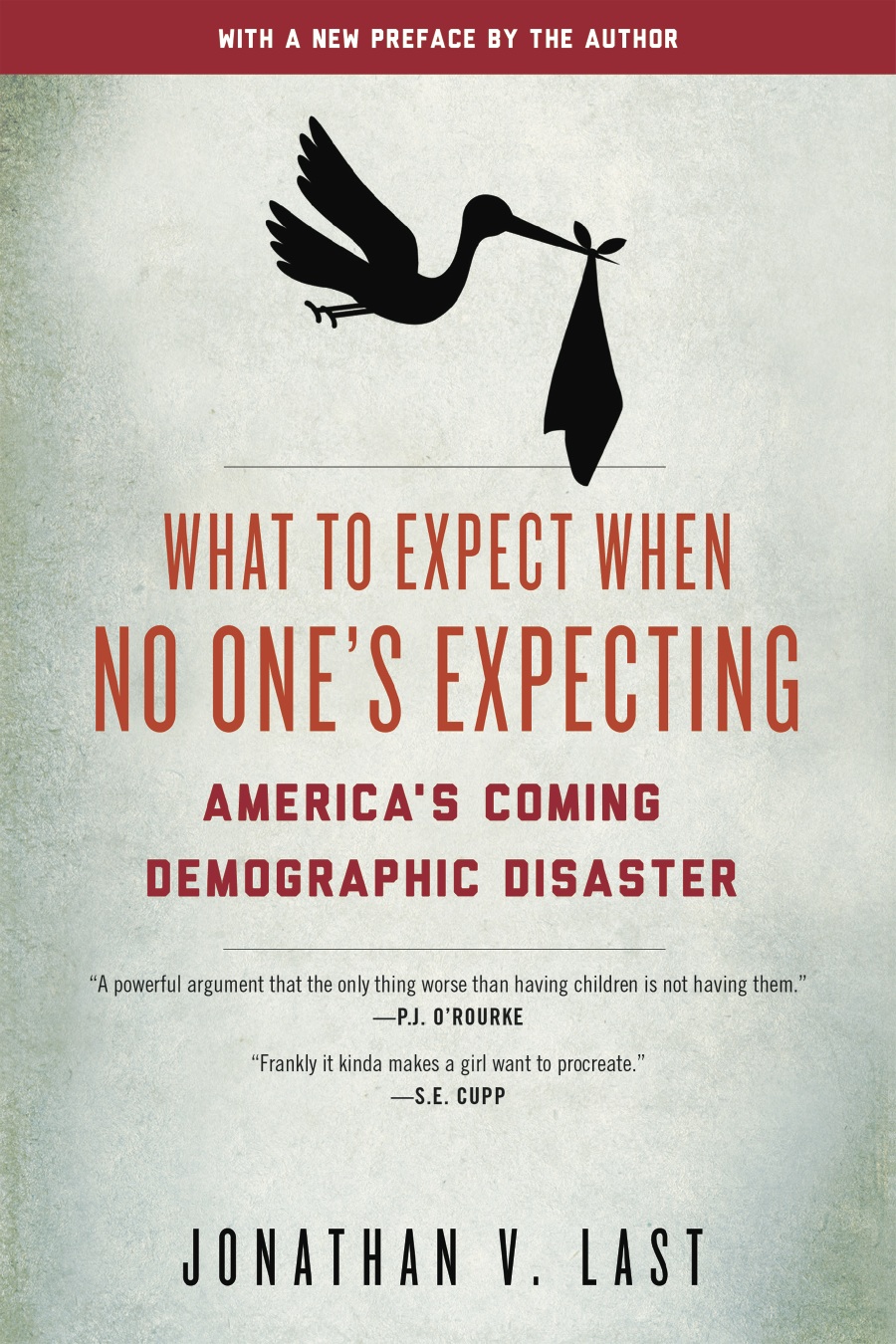October 29th, 2013
From Ian Welsh, a progressive writer, in the course of explaining why the liberal blog movement failed:
Unlike the Tea Party, most left wingers don’t really believe their own ideology. They put partisanship first, or they put the color of a candidate’s skin or the shape of their genitals over the candidate’s policy. Identity is more important to them than how many brown children that politician is killing.
So progressives have no power, because they have no principles: they cannot be expected to actually vote for the most progressive candidate, to successfully primary candidates, to care about policy first and identity second, to not take scraps from the table and sell out other progressive’s interests.
Yowza. You could make lots of counter-arguments–starting with the fact that the Dean movement eventually elected the most liberal American president in modern history. Obama might not be as liberal as the progressive base would like–and certainly on issue such as Guantanamo, the NSA, and foreign policy in general, he duped them entirely. But even so; he brought gifts, too.
But what’s really interesting here is that this sounds like the kind of revisionist dissatisfaction which conservatives eventually settled on in regards to George W. Bush. (And you could make nearly all the same arguments about the conservative blogosphere too, I think.)
I’ve long suspected that the aftermath of Obama’s tenure will be a deep sense of ennui in American politics–and especially in the American left. I wonder if the Obamacare debacle isn’t the beginning of that.
(Jerome Armstrong responds with similar thoughts.)
9 commentsDC Comics and Fictional Geography
October 28th, 2013
Sifting through some DC detritus the other day there was a page set in a military command center in which the characters were staring at a giant map of the United States. The artist had to go to some trouble to make sure that the map was occluded so that certain cities–like New York–weren’t visible. And, by the same token, neither were any of DC fictional cities–Gotham, Central City, Metropolis, Star City. Because DC purposefully never really tells you where these fictional cities are.
I’ve always thought that the fake cities were a problem for DC. One of Marvel’s advantages is having its universe set in a coherent geographical world. By definition, DC can never do that–they won’t even allude to where the fictional cities are.
It’s pretty clear that the DC editorial team has thought this was problematic, too. That’s why, over the years, many heroes have been put into real cities–New York, L.A., San Francisco–which creates even more narrative problems. Because now you have real cities living side-by-side with their fictional doppelgangers. (DC has Gotham and Metropolis already. As Frank Miller always said, they’re both supposed to be New York–Metropolis is New York during the day and Gotham is New York at night. So why did DC need to add a real New York City to the mix, too?)
So when DC went to all that trouble to reboot its entire comic book universe a couple years ago, why didn’t they do away with the fictional cities?
Sure, it would have caused all sorts of momentary fan backlash. But the only two cities people really care about are Metropolis and Gotham. No one was going to cry if you plopped Green Arrow down in Seattle instead of Starling City. And after the initial whining was done with, DC would have cleared space for more narrative cohesion.
I suspect the answer is that they couldn’t reconcile Metropolis and Gotham. Either you make them the same place, and put both Superman and Batman in the same city, or you keep Supes in NYC and put Batman in Chicago. Which probably sounded like a risky proposition.
Which is why I suspect they decided to let the moment pass without doing anything to fix foundational problems in the DCU and contented themselves to just wrecking individual characters.
5 commentsOrson Scott Card: Still History’s Greatest Monster
October 25th, 2013
I’ve been quietly mourning the demise of the Variety movie review. Once upon a time, Todd McCarthy (Variety’s lead critic) wrote reviews that were astonishingly close to objective truth–there was (literally) no one else in America who viewed movies through the same kind of lens. McCarthy was like some Platonic ideal of a critic: He seemed to come at every movie with an impossible balance of encyclopedic knowledge and a perfectly open mind.
The McCarthy review would begin with a paragraph appraising the economic realities and prospects of the film, then describe (briefly) the plot, and finally move through the project with rough appraisals of everything from the direction to acting to cinematography to costume design. There was never condescension or worship; just clear-eyed appraisal. You could read five of Roger Ebert’s reviews and get a pretty good sense of what he liked and what he did not like. I read hundreds of McCarthy’s reviews and couldn’t even guess as to what his personal tastes were.
And while not every critic needs to be like McCarthy, his worldview was the perfect one for Hollywood’s trade publication.
Well. It’s been a couple years since Variety shuffled McCarthy off to pasture because of what with this new Internet and everything. In his place, Variety has installed some more, shall we say, “traditional” film critics. So, for instance, earlier this week we got this Justin Chang review of the Thor sequel, which opens thusly:
Early on in “Thor: The Dark World,” the latest slab of briskly amusing, elaborately inconsequential 3D entertainment from the Disney/Marvel comicbook factory, an evil Dark Elf announces his sinister plan to “unleash the Aether.” What sounds at first like an arcane euphemism for breaking wind turns out to be just another way of stating what you probably already suspected: The megalomaniac of the month is about to activate the latest all-powerful weapon capable of triggering mass annihilation, necessitating yet another intervention by a popular superhero and his ragtag band of sidekicks.
You can practically hear the editors giggling. Can’t be on the Internet without snark, can you.
Today comes Peter Debruge’s review of Ender’s Game. Debruge shows some restraint in waiting until the second paragraph before decrying Card’s “anti-gay statements.” So that’s something, I guess. But then he circles back to kick Card again, writing:
Though Card may have publicly revealed his own prejudices, the casting department has assembled a wonderfully diverse group of actors — male and female, they come in all colors, shapes and sizes — to serve alongside Ender, including not only Latino best friend Bean (Aramis Knight) but also a fresh set of rivals and bullies, led by the odd-looking Bonzo (“Hannah Montana’s” Moises Arias).
But of course it’s not the “casting” department that’s responsible for the ethnic diversity of Ender’s Game. It’s Card. All of those “wonderfully diverse” parts–Bean, Bonzo, Petra–were written as such by Card. I’m slightly surprised Debruge doesn’t know that.
But of course, a film critic can’t read every source novel. And it’s entirely possible that McCarthy wouldn’t have read Ender’s Game either. The difference is that if he hadn’t, McCarthy wouldn’t have revealed his ignorance by adding a flourish of exhibitionism to his review.
16 commentsSo About that Bucky Clause . . .
October 25th, 2013
True Nerds, of course, are familiar with the Bucky Clause and it’s sad decline over recent years. But it looks like the mass audience is about to introduced to it in the Captain America sequel. (Which, by the by, looks pretty awesome.)
2 comments
Inside the Actor’s Studio–UPDATED–AGAIN
October 23rd, 2013
In what might be the biggest dx/dt in actorly range ever Tom Hardy is going from playing Bane in 2012 to playing Elton John two years later.
No, really.
Cue Bane-voice quips from Galley Friend A.S. in 3 . . . 2 . . . 1 . . .
Update: For the love of God, go to the comments. Twitter may be a complete waste of time, but I’m pretty sure it was invented for stuff like #EltonBane.
Best comment not posted was emailed in by Galley Friend S.B.:
THIS PIANO IS AHMED. THIS PIANO IS MO-BILE. AND THE IDENTITY OF THE ROCKET MAN . . . IS A MYSTERY!
Update 2: Respect–Galley Friend G.R. in the comments, for the win:
11 commentsWe take this tiny dancer from the band! The headliners! The Jesus freaks out in the streets, handing tickets out for God, and we give it back to you… the fans. The backstage pass is yours. None shall interfere. Do as you please. Start by knowing the words, and humming the tune! Step forward those who would count headlights on the highway. For you had a busy day. The band will be ripped from their tour bus, and cast out into the festival seating that we know and endure. Concerts will be held. Groupies will be enjoyed. Coke will be done. The band will survive, as they learn to serve true music. This great tour… it will endure. Rock will survive!
This Makes JVL a Sad Turtle
October 23rd, 2013
Yesterday, a copy of a new book appeared on my desk. It’s a collection of smarty-pants essays about Batman. Guess who’s not included as a contributor.
I’m not going to print the title of this book (which is, by-the-by, handsomely made). Because I’m petty and jealous, I won’t list the names of any of the writers who are contributors. (You can figure out yourself in about 3 seconds, if you really care.) Instead, I’ll just give you this nugget from one of the bios of the people who were invited to participate:
XX recently completed a master’s thesis–Alter/ego: Superhero comic book readers, gender and identity – at the University of Canterbury in the gender studies programme. Her most recent research focus has been on New Zealand-based adult fans and readers of superhero comic books. Previous research has included queer/Crip readings of Frank Miller’s Daredevil Visionaries . . .
As GOB Bluth would say, C’MON!
1 commentThe New Yorker and ‘What to Expect’
October 16th, 2013
Over the years, I’ve been pretty worshipful of the New Yorker. David Grann, who’s one of my favorite writers on the planet, hangs his hat there. Plenty of other good writers, too. David Remnick’s politics are not my politics, but I am very much a fan of his writing and have always thought that the book he puts together is, on the whole, as good as you could want for a middle-brow, general-interest magazine.
Well. In the latest issue, Elizabeth Kolbert does a roundup review of books on demographics, including What to Expect. Here are the two paragraphs she devotes to my book:
In the United States, the fertility rate is currently estimated at 2.06. This figure puts the U.S. ahead of all European nations except France, and right about at replacement level. Nevertheless, according to Jonathan Last, a senior writer at The Weekly Standard, the country is facing doom by depopulation. At the start of “What to Expect When No One’s Expecting: America’s Coming Demographic Disaster” (Encounter), he breaks the number down by race, income, and education. Black women have what Last terms a “healthy” fertility rate of 1.96. Hispanic women are “doing most of the heavy lifting,” with a rate of 2.35. White women, by contrast, are slackers. Their rate is 1.79, which makes them about as productive or, if you prefer, unproductive as the Dutch and the Norwegians. Poor women generally have more kids than middle-class women, while women who drop out of high school have more than those who graduate, and way more than those who earn advanced degrees. All this adds up, Last writes, to a “kind of reverse Darwinism where the traditional markers of success make one less likely to reproduce.”
Last has aimed his book at the same sort of readers who subscribe to The Weekly Standard. He describes himself as an “anti-abortion nut job,” lampoons the “feminist-industrial complex,” and laments a decline in marriage rates among the “lower classes.” Those who find Last’s politics less than congenial are likely to be less than convinced by his arguments. Among the problems he attributes to low fertility rates is that they tend to make countries reluctant to fight wars. Among the solutions he advocates is cutting back on higher education, thereby reducing its depressing influence on American fertility.
This is like one of those moments in the movies when the masked slasher taunts his victim: “Go ahead and pray to the New Yorker! Where is your god now?”
It’s hard to know quite where to start because in the space of 281 words, Kolbert moves briskly from being confused, to uncharitable, to dishonest. For example, I wrote an entire book about the challenges low fertility rates pose for societies and what does Kolbert take away? That I think one of the “problems” with low fertility rates are that they makes countries “reluctant to fight wars.”
How could Kolbert possibly come away with that interpretation? I suspect she’s looking at this paragraph, from page 28 of WTE:
[A]n older society with fewer children will find it difficult to project power in the wider world. America’s military spending is already loaded down by retirement benefits. The Pentagon now spends 84 cents on pensions for every dollar it spends on basic pay. And whatever form our future military does take, families with just one child will be less willing to accept military casualties. The loss of a child will represent not just a tragedy, but in most cases, the end of the family line. As David Goldman ruefully notes, “A people without progeny will not accept a single military casualty.”
This paragraph, however, is about the specific problem for global stability caused by America’s inability to project power. Or, if you’d rather Kolbert’s formulation, America’s reluctance to fight wars.
However, in the next two paragraphs, I explain how we might also see the possibility of a geriatric peace as one of the benefits of low fertility. Here they are:
There is reason to believe that low fertility has had a pacifying effect on Europe, and although it is a complicated question, the general pattern holds when one glances across the globe. Countries frequently at war tend to have high fertility rates. Perpetually war-torn Rwanda, for instance, has a fertility rate of 5.43, one of the highest in Africa. Afghanistan, home to three generations of near-continuous conflict, has a fertility rate of 6.8, the highest in Asia. The Palestinian territories, a hotbed of violence, have a fertility rate of 4.7, one of the highest in the Middle East.
By contrast, even in unstable regions, the countries with relatively low fertility rates tend to be more peaceable. Mauritius, South Africa, and Gabon have the lowest fertility rates in Africa, and are among the continent’s most stable nations. Israel and Qatar have the lowest fertility rates in the Middle East and are two of the least belligerent states in the neighborhood. In volatile South Central Asia, the lowest fertility rate is claimed by Kazakhstan, a stable, modernizing country.
I’ll let readers decide if they think Kolbert’s characterization of my view of fertility rates, war, and peace is either accurate or fair.
To pick another example, Kolbert writes that “Last has aimed his book at the same sort of readers who subscribe to The Weekly Standard. He describes himself as an ‘anti-abortion nut job’ . . .” Again, the context here suggests something very different from what Kolbert is presenting to readers. Here’s the actual passage from page 59:
Before you start flipping ahead, let me make a promise. Yes, I’m one of those anti-abortion nut jobs who thinks that every embryo is sacred life and abortion is killing an innocent and blah-blah-blah. But when it comes to abortion, most Americans aren’t crazies like me—they think abortion should be, in essence, legal, but somewhat restricted, and rare. So without my pushing judgments of any kind, let me just give you the brief demographic tour as to how abortion has affected American fertility. . . .
Then there’s Kolbert’s use of “scare quotes” in the passage on how I lament “a decline in marriage rates among the ‘lower classes.’” As if the implosion of the marriage culture among the less-educated and less-wealthy isn’t true because a conservative is saying it. Perhaps she wouldn’t have felt the need for scare quotes if the information was coming from a fellow liberal, such as Isabel Sawhill at Brookings. So here’s Sawhill on the subject, just in case it makes Kolbert feel more comfortable: “marriage is displacing both income and race as the great class divide in America.”
One gets the sense that for Kolbert the only part of What to Expect that actually registered with her was the information that I work at The Weekly Standard. That was the cue she needed to know what to think.
“Redskins”–It’s the New Gay Marriage
October 15th, 2013
Allahpundit has a very nice riff on what’s so disturbing about the new rush on the left to change the name of the Washington Redskins: “[I]t’s a lesson in how quickly leftist opinion can transform an esoteric issue that they’ve ignored for decades into bien-pensant conventional wisdom that demands hysterical demonization of its opponents. Bob Costas is another perfect example.”
Here’s more:
20 commentsI checked our archives to see when our own blogging about the anti-”Redskins” movement began. Could be that this subject, which has been percolating for ages, reached full boil on the left a long time ago, but if it did, we missed it. The first notice we took of it was Erika’s post in March about a small group of congressional Democrats trying to do something legislatively about it. (They’re still trying, by the way.) A few weeks later there was something about the D.C. City Council wanting to do something about it. Then Redskins owner Dan Snyder made his big blunder: He told USA Today, “We’ll never change the name. It’s that simple. NEVER — you can use caps.” That was him essentially daring the left to try to force him by engineering new “enlightened” ground rules on “Redskins” usage for the media and political class. A few months later, “Slate” dropped the word; Rachel Maddow followed suit and then, inevitably, Obama was asked about it and tepidly endorsed changing the name. And so now, with record speed, here’s O’D in the highest self-righteous dudgeon towards people who hold a position that virtually no one gave a wet fart about six months ago. To me, that’s the worst part of the whole anti-Redskins phenomenon. It’s not opposing the term itself that’s annoying; that’s defensible. It’s not even getting indignant with people who don’t see a problem with using it. It’s the sanctimony coupled with the faddishness of the whole thing. How dare Dan Snyder disagree with something that the left didn’t care about five minutes ago? How dare he?






